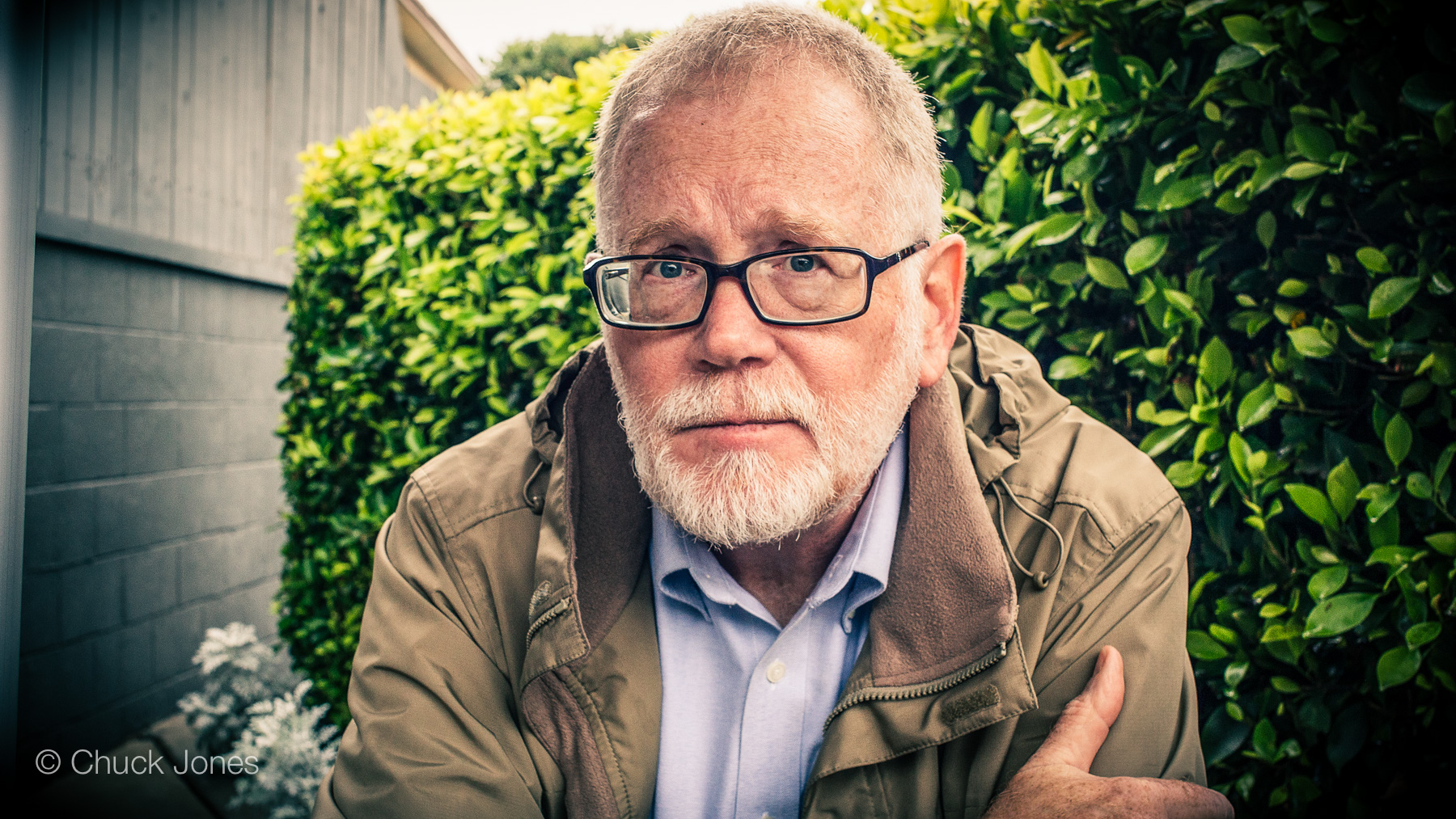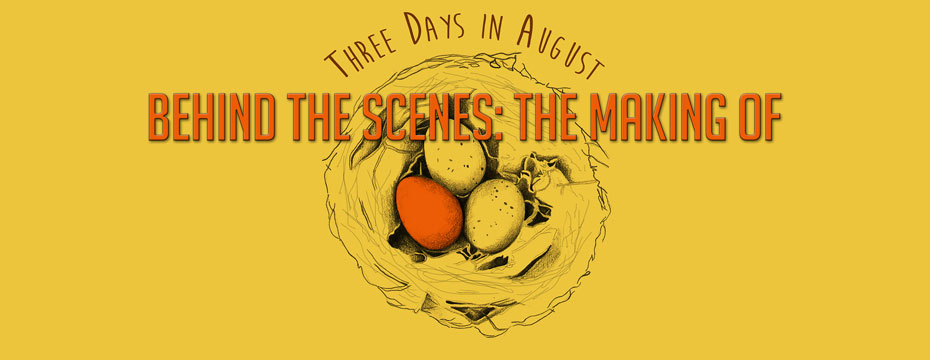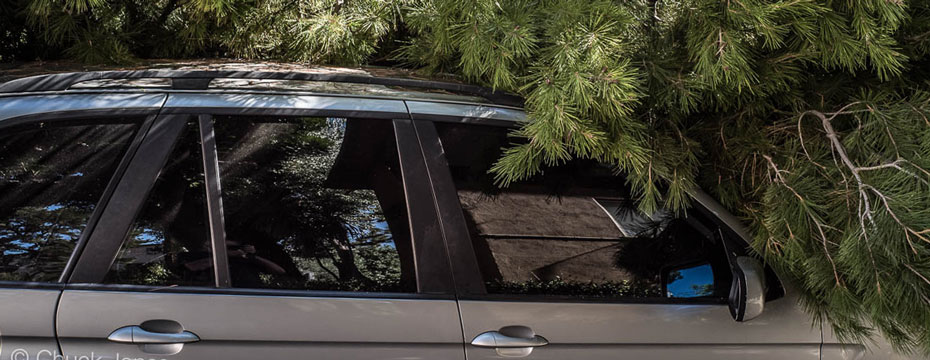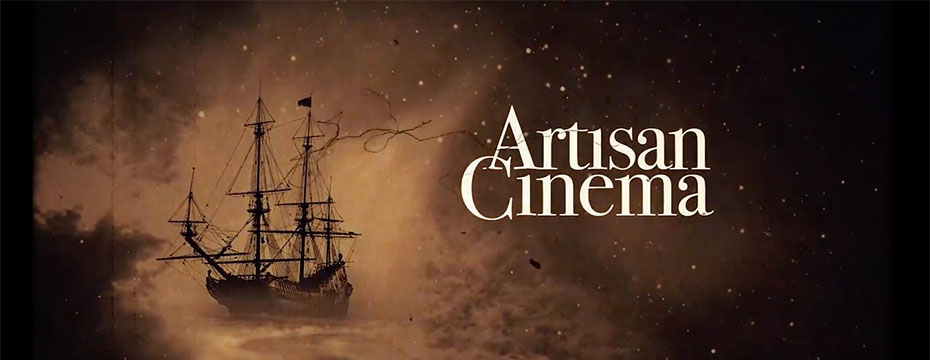
Tell The Story With Soul
What does it mean to tell a “Story With Soul?” I see photographs posted online that often make me stop and shake my head. Perfectly executed technically, but with little soul. These photographs show solid understanding of equipment operation, but nothing of the human condition or emotion that gives a photo soul. These photos are wooden, lifeless, though correctly, in the legal sense of the definition, portraits of people. Being competent as a photographer only means you have developed sufficient craft skills to operate a camera. Getting the art and life into a photograph takes something more, it takes focus on soul.
Putting some of your soul into your work, to get some of their’s out. Soul is a difficult concept for me to define in written words. My good friend Jim Quinn truly nails it in the video above. (A great example of the power of hybrid media by the way, each media form bringing its strength to the community party) Soul is getting the who and why you are there into a portrait of a particular person. Soul in a portrait photograph is capturing the essence of the person, in the place, as a moment frozen in time. Something that triggers a gut feeling, not simply a set of well exposed pixels captured with a particular make or model of camera written out to a signature brand name digital card.
This with or without soul is the dividing line that has always been there between competent work and real photographic art. Steve McCurry’s Afghan Girl would be a spectacular portrait even without her green captivating eyes. Film, digital, the format, form nor mechanical nor chemical processes have anything to do with soul. Soul comes from inner reflection. From finding and following purpose first, then form. If you want to find something you have to go looking for it. Getting soul into your work isn’t any different. For a portrait of a well known personality, soul comes from doing your research on the subject, and using that preliminary information and reflection to set the initial tone for your first meeting. Without a solid starting point, it’s tough to find a satisfactory end for any story, written or visual.
Even the most knowledgable of pros occasionally fails at making a great portrait. Even great directors like Ron Howard occasionally make a movie that flops. Fails are not necessarily caused by ignorance or inexperience with a particular piece of equipment. The greatest fails I’ve found are caused by not having purpose firmly in mind, and remembering to follow my own personal tried and true working methods. Research first, reflect and visualize, then shoot. Then be ready to react in a positive way when what you get is nothing like what you initially wanted. Go for the soul, with the flow, knowing you prepared the best you could in advance.
About the Speaker in the video: Jim Quinn is now retired from the Chicago Tribune Newspaper, where he was a career staff photographer. Jim worked eight years in the Tribune’s color studio. Jim photographed Food for the paper’s “Good Eating” section, fashion for “Woman News” and the Tribune Magazine, portraits for the Arts, Friday, Q, and Tempo sections of the paper, products and flowers for the Home & Garden sections, and many, many news assignments. After years spent dealing with tight deadlines, Jim Quinn is one photographer that certainly understands how to produce strong imagery on short notice.
Before moving into the Tribune’s studio, Jim worked at the Tribune as a reporter, an assignment editor, a design editor, and a picture editor. Jim also did editorial photography for other clients, mostly an array of educational publishers, Chicago Cycle World, and Down Beat Magazine as examples. Jim is quite skilled in the use of digital cameras as well as 4×5, medium format, and 35mm film cameras, and an expert in photographic lighting both in the studio and in the filed. Jim’s website can be found at http://www.jamesfquinn.com.
Please rate this story, and share it with your friends? [ratings]








